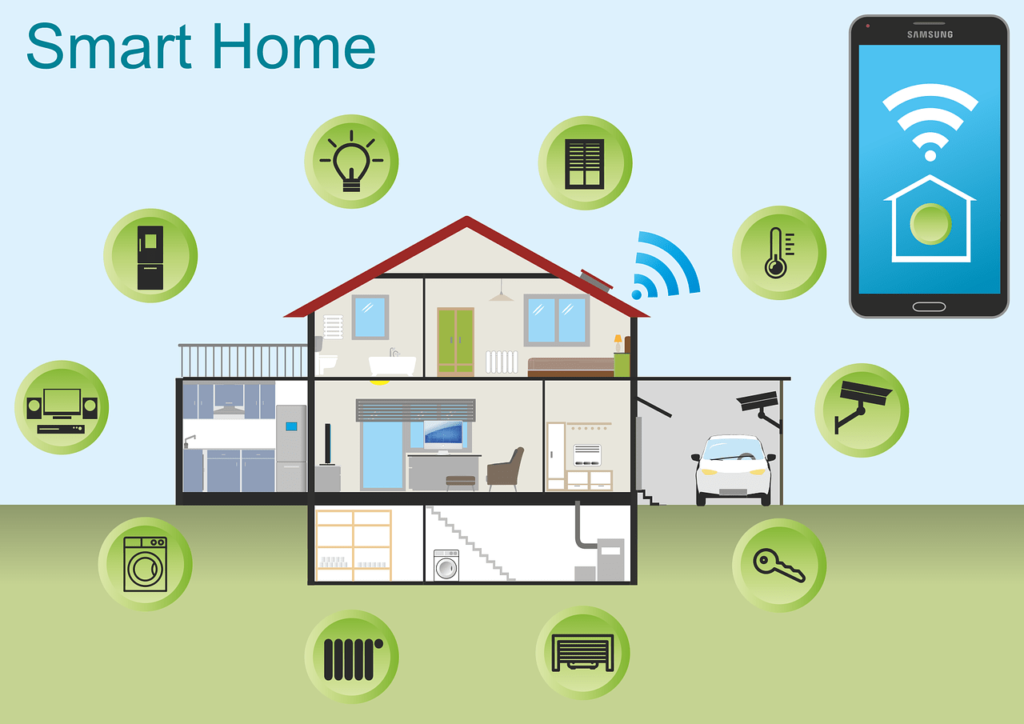Smart-home technology offers plenty of options and peace of mind, but did you know that it can help lower energy bills as well? The average owner spends about $2,000 on energy costs every year, according to Energy Star. By adding just a handful of cost-effective devices, you could save between 20% and 30% on their energy bills. Here’s just a few key smart home products you put in your home.
1. Thermostats
Nearly half of a typical utility bill goes towards heating and cooling. Installing a smart thermostat can save about 10% a year. This can can be done by adjusting the HVAC while away from home. It can be set to a schedule, controlled remotely, or you can react to information via sensors and the weather forecast. Advanced users can pair their thermostat with connected shades and fans to save more money. According to American Council for an Energy-Efficient Economy, more than 11 percent of households have already installed a smart thermostat, making them the most popular smart energy-saving device. Ther are some utility companies that will offer rebates of up to $100 for installing one.
2. Smart Switches, Sensors, & Bulbs
Leaving lights on when not in use can be a definitely run up your energy bill; almost one quarter of utility costs are spent on lighting. Devices such as smart switches, room sensors, and smart bulbs can help ensure lights are being turned off. These have the potential to save a tenth to a quarter of a home’s overall lighting energy use, according to study by American Council for an Energy-Efficient Economy. The amount of energy savings for Wi-Fi connected devices is sometimes offset by the power used to control them. Smart switches cost around $50 and bulbs can range up to $45 —they’re often sold in a kit, which should include the required hub.
3. Energy Monitoring
By Installing an energy monitoring system, homeowners can identify appliances that are adding to the monthly utility bills. The monitor is installed in electrical panel, connected to Wi-Fi, and always viewable in real time via a smartphone app. The device automatically detects items in the home in order to identify electronics that are running at all times and see exactly how much they’re costing. If used properly you can determine which devices are costing you the most money when not in use and can be more mindful to turn off while not being used.. Advanced users can take advantage of integrations with Alexa, Google, IFTTT, TP-Link, and Phillips Hue to setup additional energy-saving automation. Energy monitoring will help homeowners form better habits, identify problem appliances/electronics, and reduce those always-on devices consumption that may account for up to 20% of energy use.
4. Smart Plugs
Instead of powering down completely, some of the modern electronics enter standby mode and continue to draw power when not in use. This allows them to continue to communicate with devices, get updates, and load faster. This is a complete waste if you’re not around to use them. The biggest culprits normally being, smart TVs, gaming systems, DVRs, and computers. Smart plugs, outlets, and power strips allow you to cut the power completely when they’re not in use, while other even allow you to monitor energy usage.

